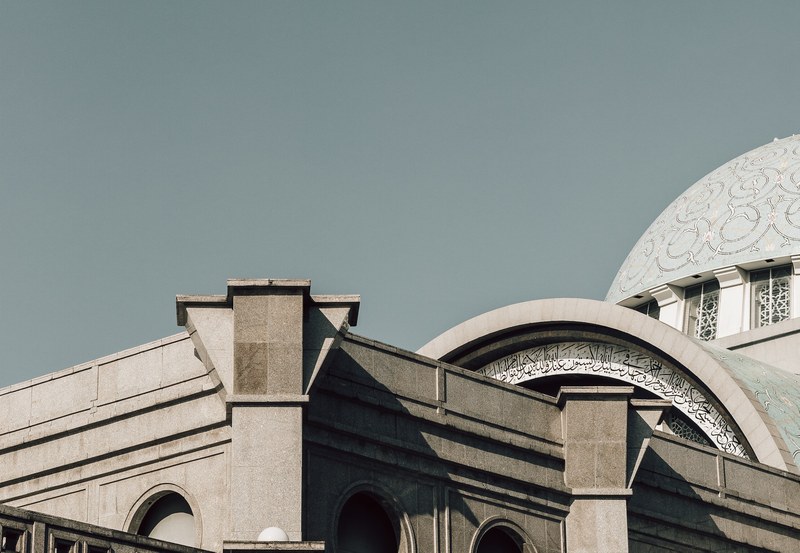
In an Islamic model, currencies must be produced with a permissible asset as a basis, e.g. gold or silver. A fiat currency, which is produced by exchanging the currency for gold that is not present, is riba and forbidden.
In this model, where the currency is based on gold, inflation is non-existent. On the contrary, productivity would cause prices to come down. As prices come down, the same amount of currency would be able to buy more items. This is simply the outcome of supply and demand; it is not deflation, which is a monetary phenomenon.
The role of banks in an Islamic economy is not as a lender, but that of a trader, service provider and investor. For example:
1. The bank will help you buy your car by buying it first and selling it back to you with easier payment terms.
2. The bank will help you buy your house by being a co-owner and allowing you to pay to increase your share of the house. If you do not tale full ownership of the house, the bank has the option to sell the house and the revenue of the sale would be split between you and the bank according to the share of the house at the time of sale. If the price of the house had fallen, the bank would share in the loss.
3. The bank will fund your business by being a partner in your business and earn dividends, much like a venture capitalist. If the business fails, the bank could share in the loss.
4. The bank will issue you an interest-free credit card, charging you an annual or monthly usage fee whether you use the card or not. The fee cannot be based on usage or it will be riba.
The role of the central bank, too, is not necessarily that of a lender. Instead of lending to banks, the central bank would invest in the banks and earn dividends. When the central bank does lend money, it does so without interest or charge.
The government is not allowed to borrow with interest to cover a budget deficit. In the most part, it must eliminate waste and spend within its means. For strategic projects that require external funding, the government may seek investors who will receive dividends when the projects become profitable.
The prevalent economic model of today is based on fiat currencies that is managed by contolling the money supply and central bank interest rates. The modern model is different from the Islamic model as folows.
1. Money printing is standard.
2. Inflation is normal. A small inflation rate is something that is desired. There is even a preferred rate, which is 2% year-on-year.
3. There are cycles of inflations and recessions. Recessions are to be avoided. High inflation rates lead to recessions, and so they must be avoided. When prices are too high, people can't afford them, so sales plummet, businesses go bust and people get unemployed.
4. Tools to control inflation are tightening of the money supply and increasing the central bank interest rate.
5. Productivity is an opportunity for more money prinitng. Productivity brings down prices while money printing raises prices. Together, they balance each other out.
6. Credit and interest is everywhere. Banks lend with interest. Stocks are bought with leverage, i.e. borrowed money with interest. People buy with credit cards that charge interest. Governments sell bonds with yield.
7. Wealth is measured by the amount of currency accumulated, not necessarily by what the money can buy.
To be clear, interest is only riba when it causes an expansion in the amount owed. Sometimes, interest is actually the "profit" in a trade, even though it is called "interest". In this case, it is not riba. It depends on the terms of the trade.
Islam keeps money tight. A currency is kept strong in the Islamic model. People can generally live without debt and focus on their spirituality.
The modern world prefers money to be loose. The value of the currency becomes less over time in terms of how much a unit of the currency can buy. Almost everyone has debt and has to pay interest on them. People work harder to pay their debts and to buy items that continuously become more expensive. Spirituality is neglected as people became materialistic.
© Osman Mia